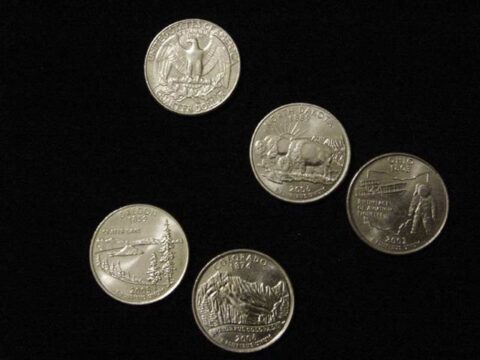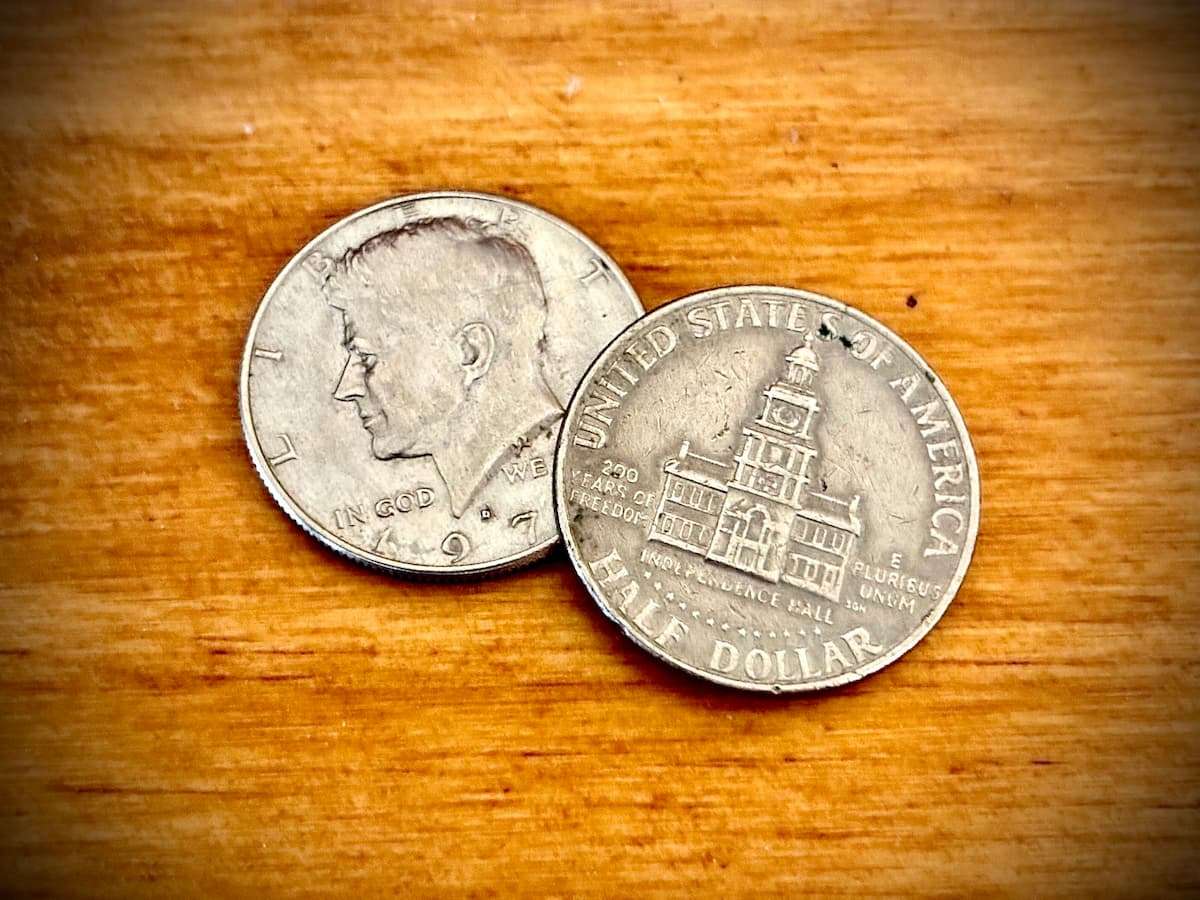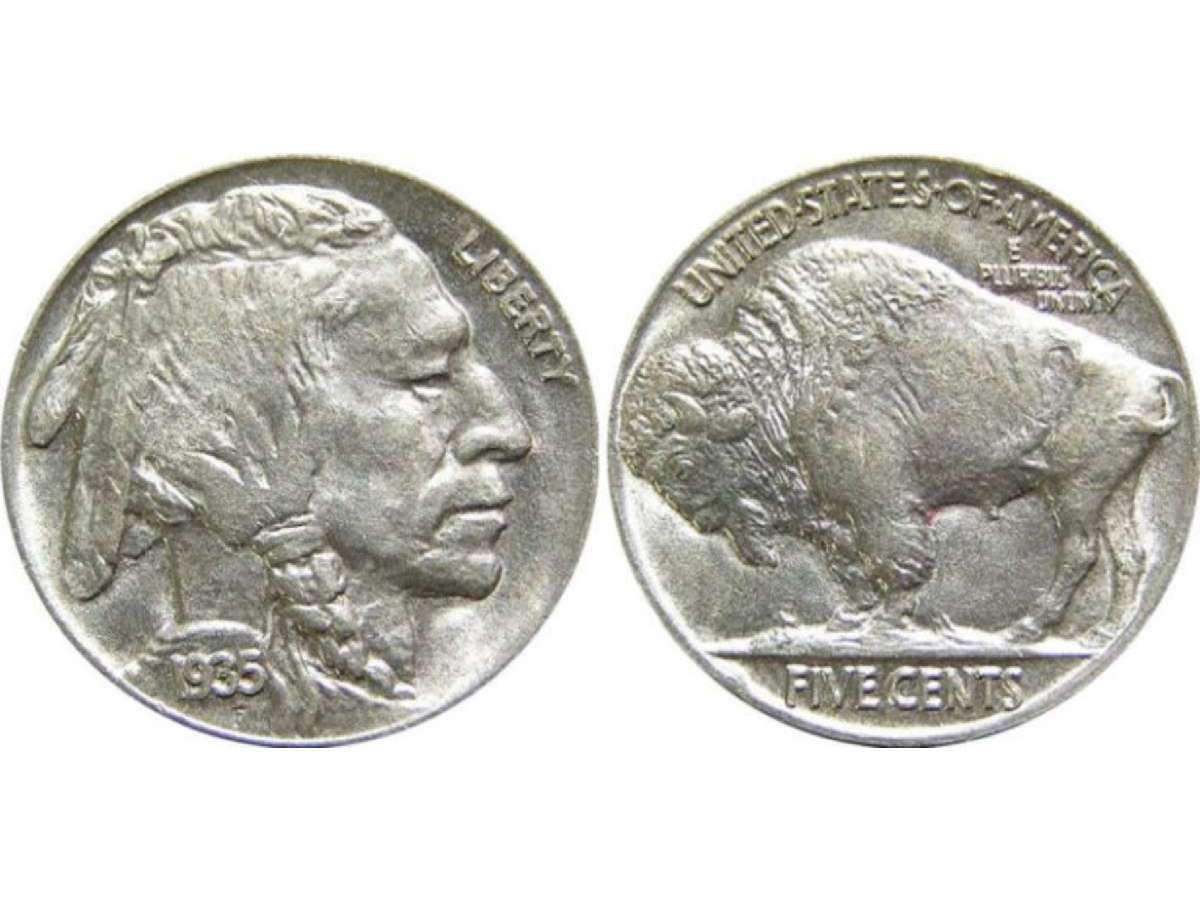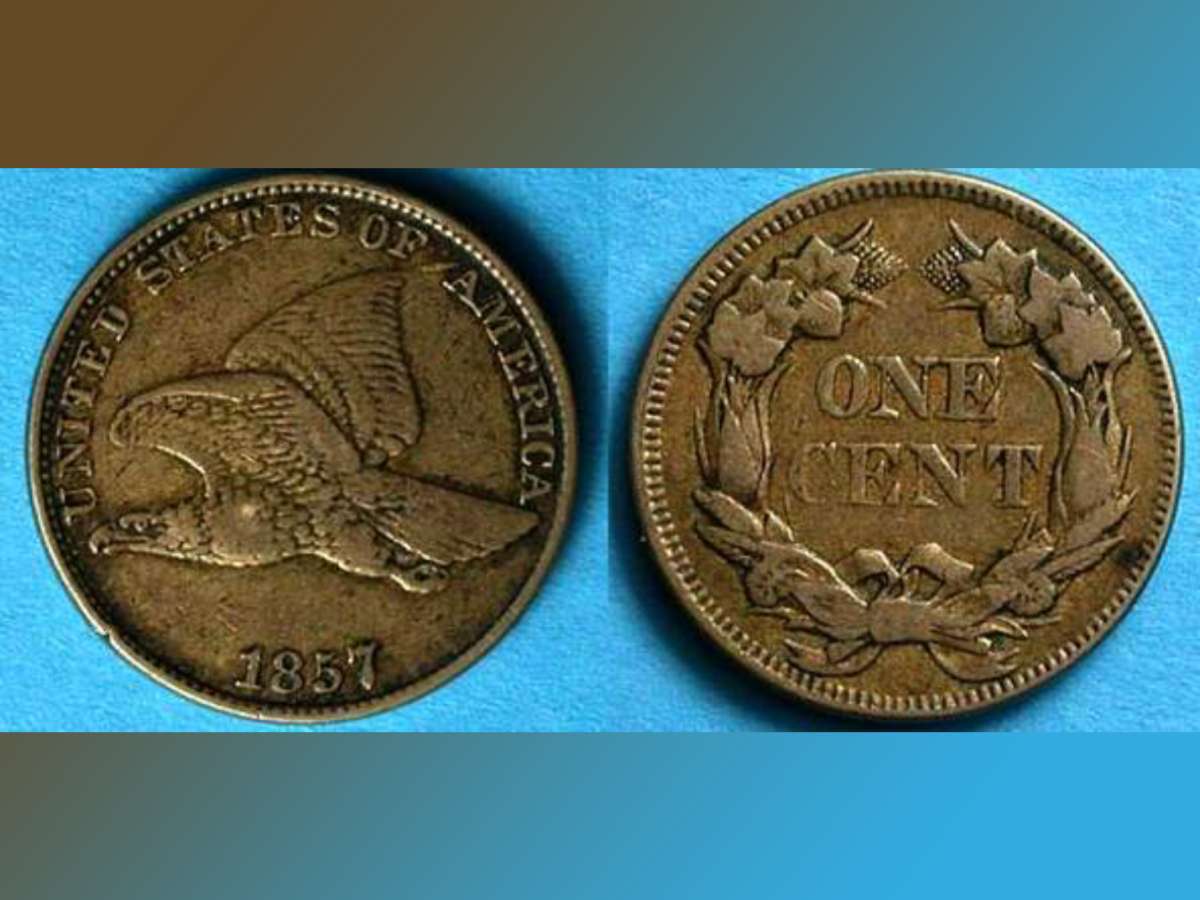The United States first began minting copper-nickel clad coins in 1965.
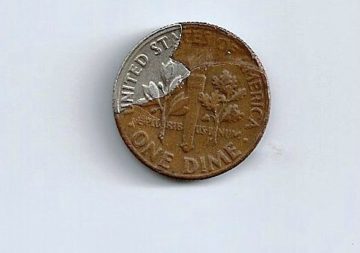
That was after several years of rising silver prices and a severe coin shortage that the U.S. Mint partly blamed on people hoarding silver coins from circulation.
- The dime and quarter were first struck in copper-nickel clad in 1965.
- The half-dollar was made with a 40% silver & 60% copper composition from 1965 to 1970. Half-dollars made for circulation since 1971 have been struck in copper-nickel clad.
- The last 90% silver dollar made for circulation was struck in 1935. In 1971, when production of dollar coins fully resumed, the dollar coin was struck in copper-nickel clad for circulation.
Copper-nickel clad coins from the 1960s and 1970s still circulate and can be found in everyday pocket change.
Except for errors, virtually all worn copper-nickel clad coins are worth only face value. They are, however, very easy to collect.
You can easily complete sets of copper-nickel clad Roosevelt dimes and Washington quarters from pocket change, spending just face value to accomplish those goals!

